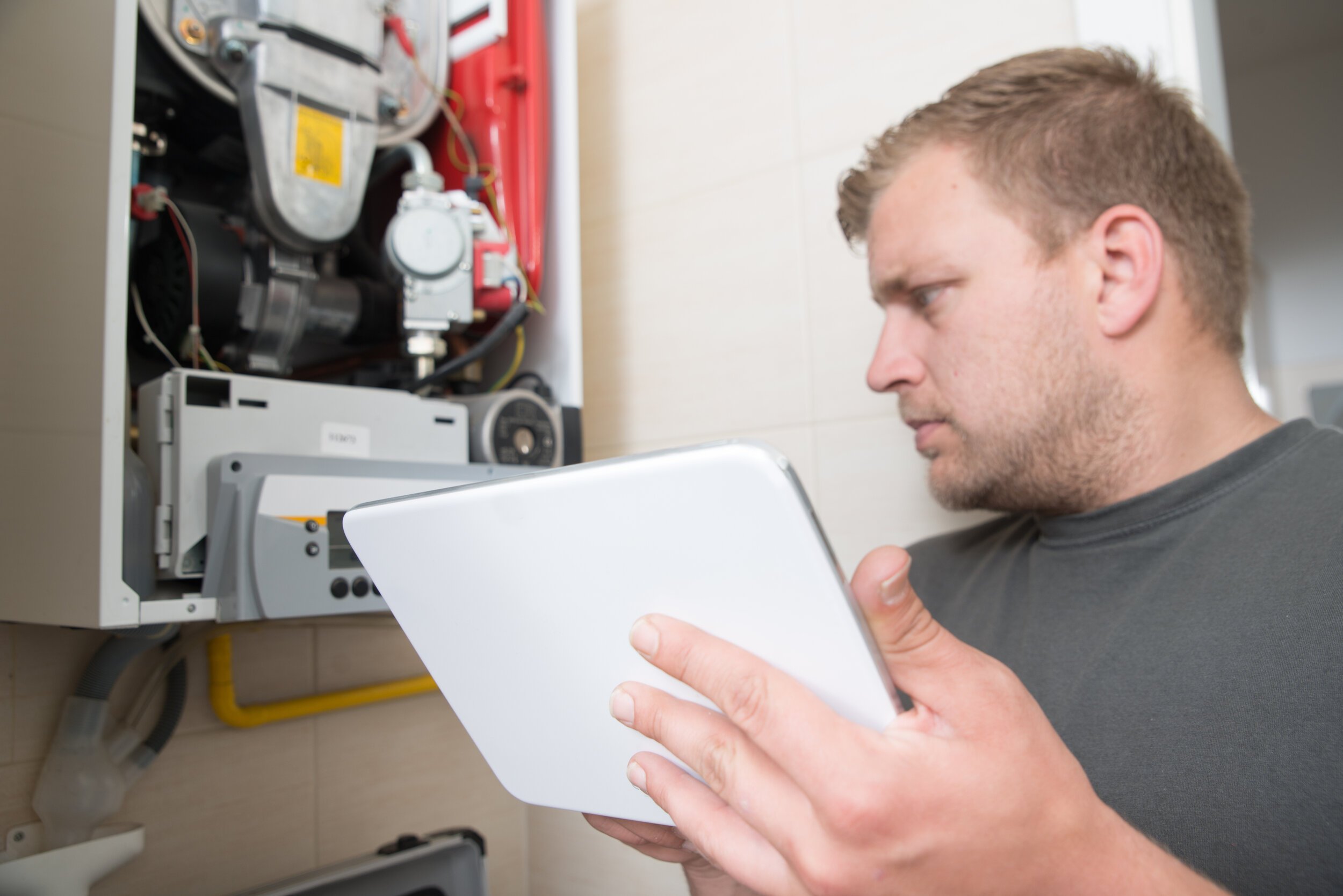Mini Case Study: How Proper Monitoring and Alerts Kept One Property Out of Hot Water
Asset protection is important for any multifamily property owner - things like burst pipes in the winter and water leaks any time of the year can really wreak havoc on a building.
But as any building owner or manager knows, there are many ways buildings and critical systems can sustain damage, and early detection and preventative maintenance are the keys. However, it’s common for day-to-day building management tasks to get in the way of monitoring property systems and components, and when things go awry they can get costly pretty quickly.
Recently, an Embue customer averted disaster by getting alerted to a rapidly escalating issue that drives home the importance of alerts and proper monitoring of central equipment. This particular property is an early Embue customer - it’s an historic adaptation that turned a 19th and 20th century mill and warehouse complex into luxury apartments and mixed use space.
The property’s HVAC system consists of water source heat pumps in each apartment, connected by water loops to a central boiler and chiller plant. When needed, the boiler adds heat to the water loops or the chiller extracts excess heat from the loops. The target is to maintain a water loop temperature of 60F regardless of how much heating or cooling demand is coming from the heat pumps in each apartment.
The property has an Embue system consisting of smart thermostats in each apartment along with sensors and controllers on the central equipment and on the water loops.On the first hot day of summer, the maintenance staff and property owner were automatically sent alerts from the Embue system notifying them that there was an issue with the chiller. The issue was not yet apparent to residents because each apartment’s heat pump was successfully cooling down the units - the problem was that the temperature of the water loop had started to rise to dangerous levels; instead of being 60F, it began to rise rapidly past 100F. At this point the staff were alerted by the Embue system and were able to respond immediately. Disaster was surely avoided. With the chiller not operating, the temperature would have climbed past 140F, the heat pumps would have sustained tens of thousands of dollars of damage, and residents would have been without heating and cooling for some time.
Buildings are complex, and the ability to respond quickly to potential issues can protect assets and ensure resident comfort all year round when buildings are enabled with intelligent building technology.


